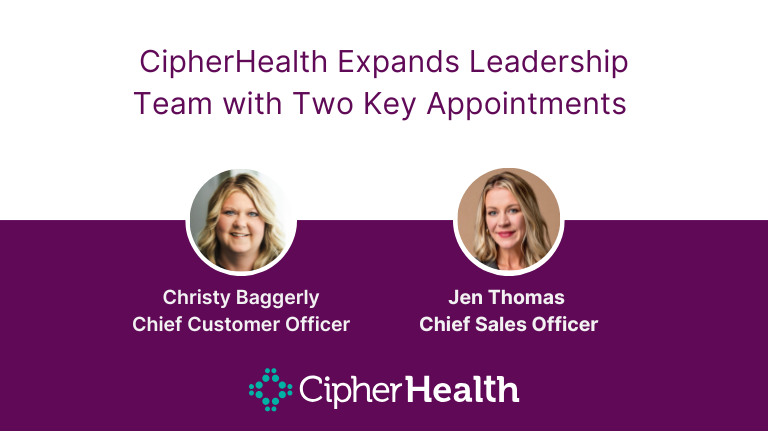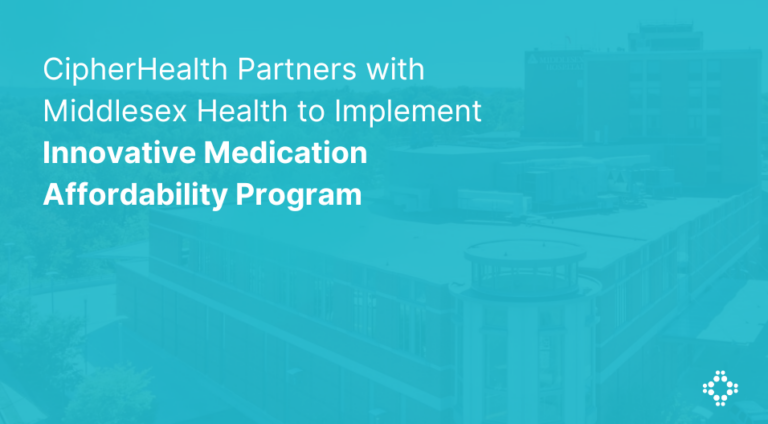The patient communication technology increased patient contacts from 19,000 to 57,000 and closed care gaps among a high-risk population.
Published in Patient Engagement HIT
Advocate Health wants to be the safety net for patients managing care gaps, using patient engagement technology to streamline the scheduling process.
After all, healthcare isn’t easy to navigate, especially for patients who have seen gaps in preventive services and other screenings open up. Closing care gaps is important for both value-based care and patient outcomes, but it’s hard to know where to begin when you’re the patient spearheading your own care coordination.
“I like to think of ourselves as the safety net for the patients, working behind the scenes to connect with patients who don’t really know what to do,” Cari Kazik, director of Employer Products and Health Outreach Services at Advocate Health, said in an interview. “How do I schedule an appointment? What is my next step? We’re here to help support them and get those things scheduled for them.”
But not only is patient-led care coordination a total dissatisfier for patients (studies show patients describing care coordination as overwhelming, time-consuming, and harming the overall patient experience), but it’s also simply not feasible, Kazik said.
“Not everybody is tech-savvy,” she said, so even when folks know they are due for something like a mammogram, it’s hard to string all the pieces together into care access. “A lot of times, people will put it off, and sometimes that can lead to what could be detrimental outcomes that could have been caught earlier had they followed through on that preventative screen.”
That’s where that safety-net philosophy comes in, Kazik added. It’s detrimental to leave care gaps open, but it’s also unreasonable to ask patients to manage and fill them themselves, so Advocate opted to create its Comprehensive Annual Visit (CAV) program.
The organization sorted through patients who had care gaps, reached out to them to schedule a comprehensive visit, and, for high-risk patients, gave them a health exam. During a home visit, nurse practitioners are able to do some preventive screenings, like diabetic eye exams, or schedule patients for others that need to happen in person, like mammograms. These visits also include immunization and medication review.
It’s a good plan, but Advocate Health spans numerous states and is a provider for millions of patients. Put simply, the health system quickly got bogged down by the number of phone calls it had to make, and given healthcare’s current staffing shortage crisis, that was an untenable situation.
“We knew we had a large volume of patients that we needed to connect with, and so having only so many manual resources was not going to allow for us to do that in a timely manner,” Kazik explained.
All said, the CAV program’s launch yielded around 19,000 patient calls conducted manually, which, considering Advocate’s size, is just a drop in the bucket of what needed to happen. Pile on the issue of unreachable patients, and it’s a frustrating process for the health system’s call center.
Advocate Health started working with CipherHealth not long after to revamp the program. Although the health system had a previous relationship with a similar vendor, Kazik explained that CipherHealth let Advocate reach out to a higher volume of patients, plus had add-ons that made it easier to close the loop on care gaps.
Central to their purchasing decision was the ability to send SMS text messaging in addition to interactive voice response (IVR), and it provides links and buttons to connect the patient to a scheduler to get an appointment on the books. Patients also have a call-back option, meaning the system will reach out to them again during their preferred times if they are otherwise busy in the moment. This prevents patient attrition and adds patient loyalty while increasing the odds the care gaps get closed.
This new system has been a boon for Advocate staff, who have been able to more effectively reach out to patients with less burden. The latest numbers show that Advocate has been able to connect with 57,000 patients.
But despite intentions to streamline staff workflows and decrease burden, Kazik acknowledged that there’s still some change management that needs to happen. Just because a tool is intended to make life easier for staff members doesn’t mean it will, at least not without careful implementation.
Kazik said her team was successful because they were iterative in their approach and retooled processes as necessary.
“Whenever you are looking to introduce a new process, you always want to evaluate. You have to implement and make sure that the team that is actually impacted by it is aware,” she noted.
“Communication is key when it comes to making sure that the right key stakeholders are aware of the changes,” Kazik continued. “And then identifying what it’s going to do, in regards to: Is it going to allow us to capture more patients? Is it going to allow us to be more selective in patient preferences of how they want to receive communication?”
It was also important for Advocate to make the system workable for patients. Just because the health system can connect with more patients doesn’t mean they’ll engage in care. In acting like a safety net, Kazik said Advocate needed to prioritize making it simple for patients to close their care gaps, especially for the higher-risk populations involved in the campaign.
“In regards to this particular population, they may have more than one open care gap, and so we really trained our team to be able to look at the person as a whole and see what exactly they have open still,” she said.
Instead of a piecemeal approach to filling multiple care gaps, the CAV program takes a holistic approach, even empowering nurse practitioners to fill certain care gaps during the home visit that linchpins the whole system.
By now, Advocate has been able to parlay its patient connections into actual scheduled appointments 2,632 times. That’s led to 851 reevaluated chronic conditions, 974 newly flagged chronic conditions, 1,654 orders placed, and 874 patients reconnected to a primary care provider.
The crux of the success is ensuring patients truly understand the importance of getting their preventive services, Kazik explained.
“All of our health outreach really takes a proactive approach in trying to get patients, again, to understand the benefits and importance of these preventative screenings,” she said. “We’ve really gotten away from the idea of just cold calls. We try to make it very personal, and this is the solution that has provided us the ability to do that.”
“Our ultimate goal is that when patients are able to contribute to their health outcomes by seeking the right care at the right time in the right setting, we’re just positioning them to really be successful in meeting their individual goals and keeping them out of the emergency room and hospital,” Kazik added in conclusion. “That is our ultimate goal, to help support those patients’ needs and be their go-to be able to get these things accomplished.”










